
# Japanese Food Culture
CASE STUDY
We will introduce examples of initiatives that convey the appeal of Japan to the world.
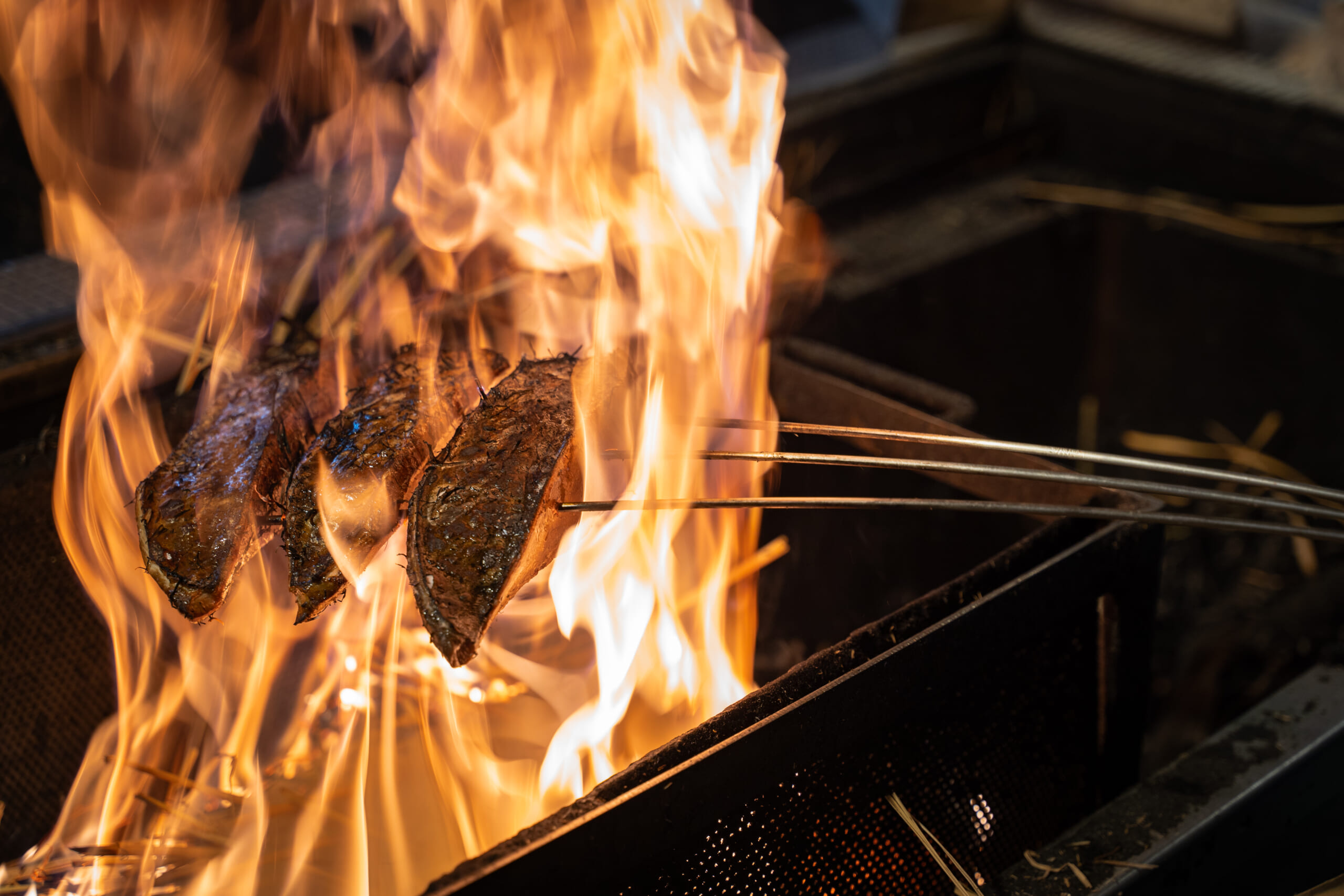
23 Highly Unique Regional Food Cultures Born from the Blessings of the Kuroshio Current
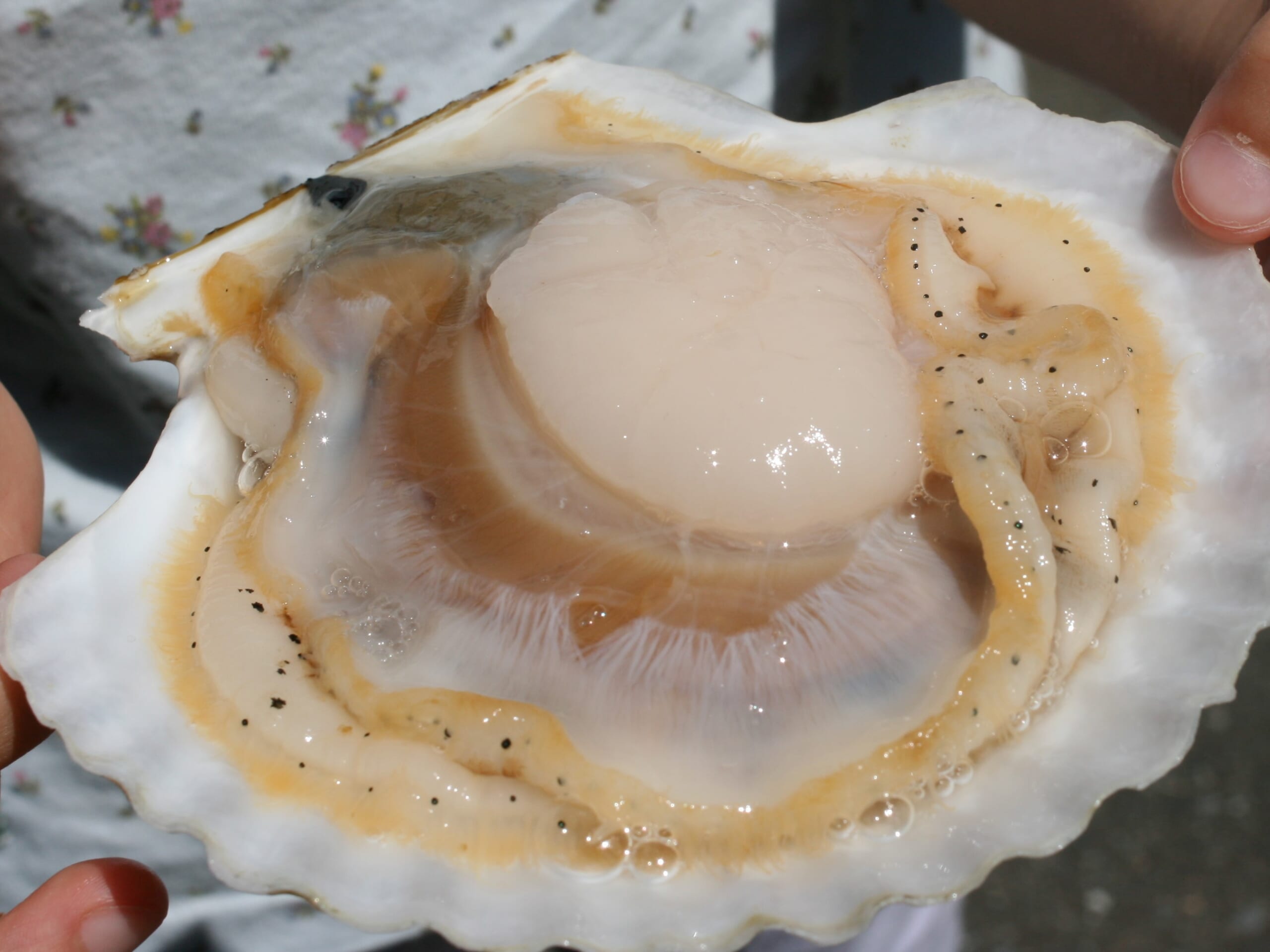
22 Transforming Conventional Notions Surrounding Scallops A Global Brand Strategy from Iwate Prefecture in Sanriku
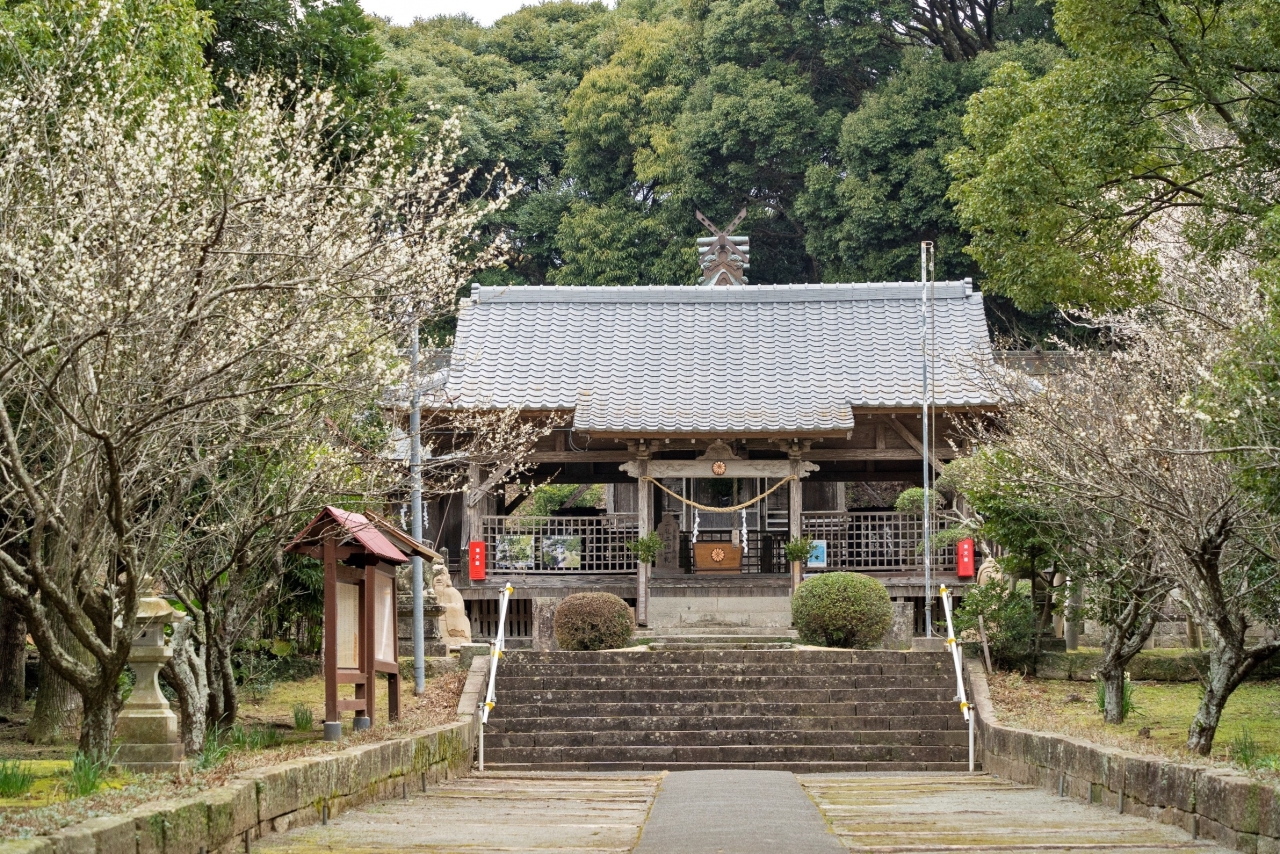
18 A Pioneering Spirit to Spread Satsuma Shochu Worldwide―Satsuma
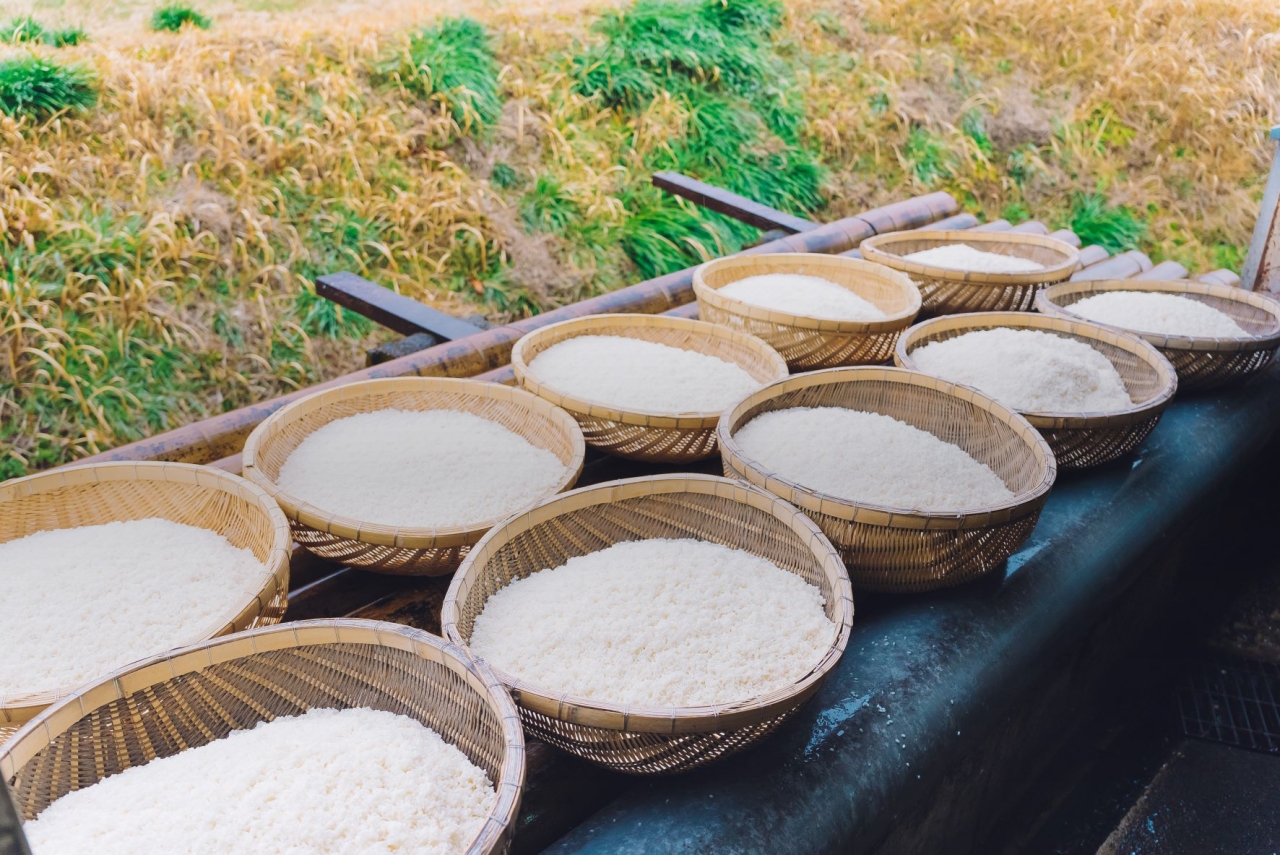
17 Building a Future for Kuma Shochu through the Passion and Strategies of Local Distilleries Hitoyoshi Kuma
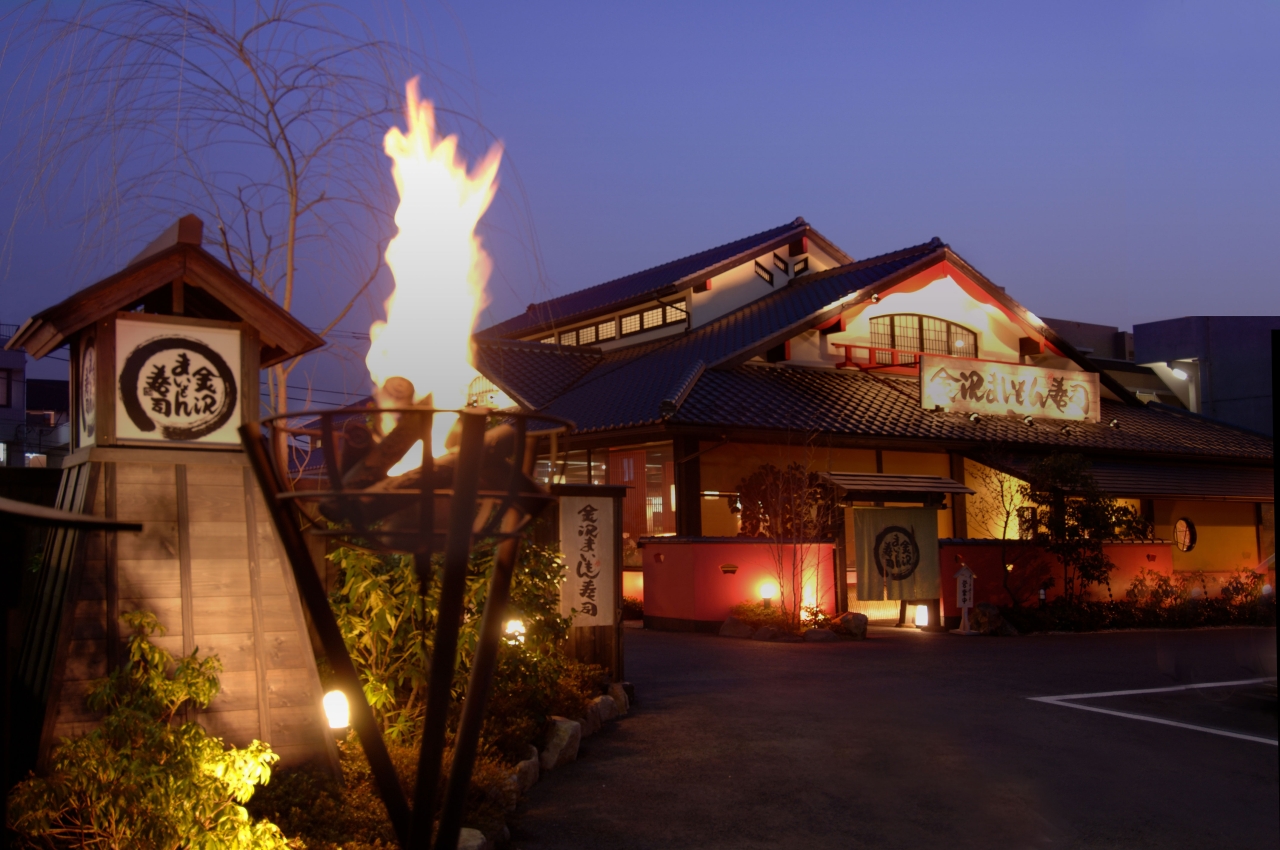
16 SUSHI×TECHNOLOGY Pioneering the Future of Food Culture from Kanazawa.
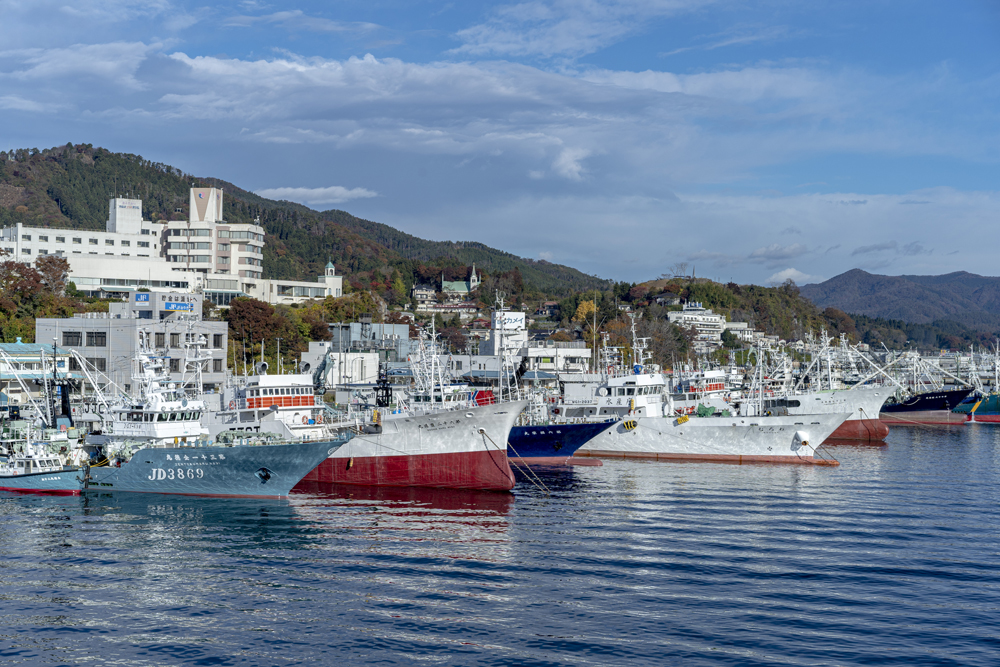
15 A Respect for Nature and Life Alongside the Sea – Kesennuma Pride
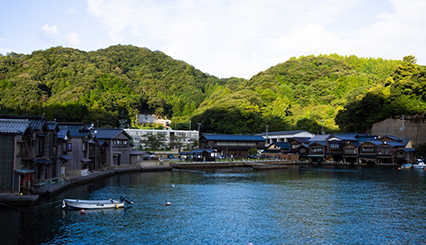
14 Lifestyles in Close Proximity to the Sea.An Area that Brings Together Sustainable Development and Unique Attractions—Ine Town
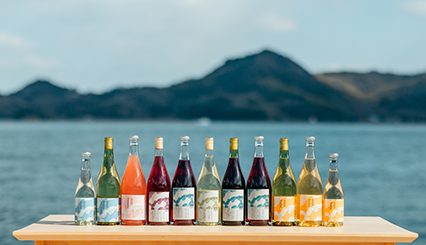
13 Creating New Value—the Setouchi Terroir
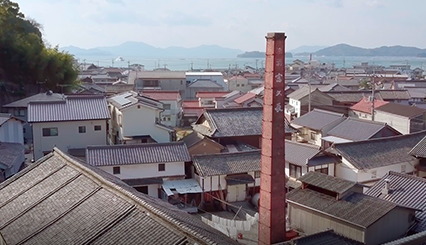
12 Diverse Flavors Brewed by a Fourth Generation Female Master Brewer Carrying the Traditions and Techniques of the Hiroshima-toji into the Future
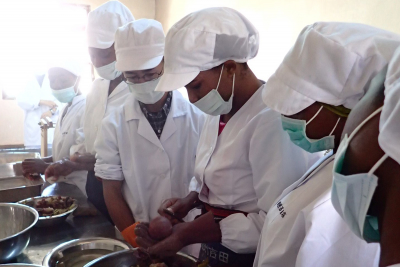
10 Developing a Dried Sweet Potato Export Business in Africa

9 The Importance of the Capacity to Change

8 Hand down the process of soy sauce from each region worldwide
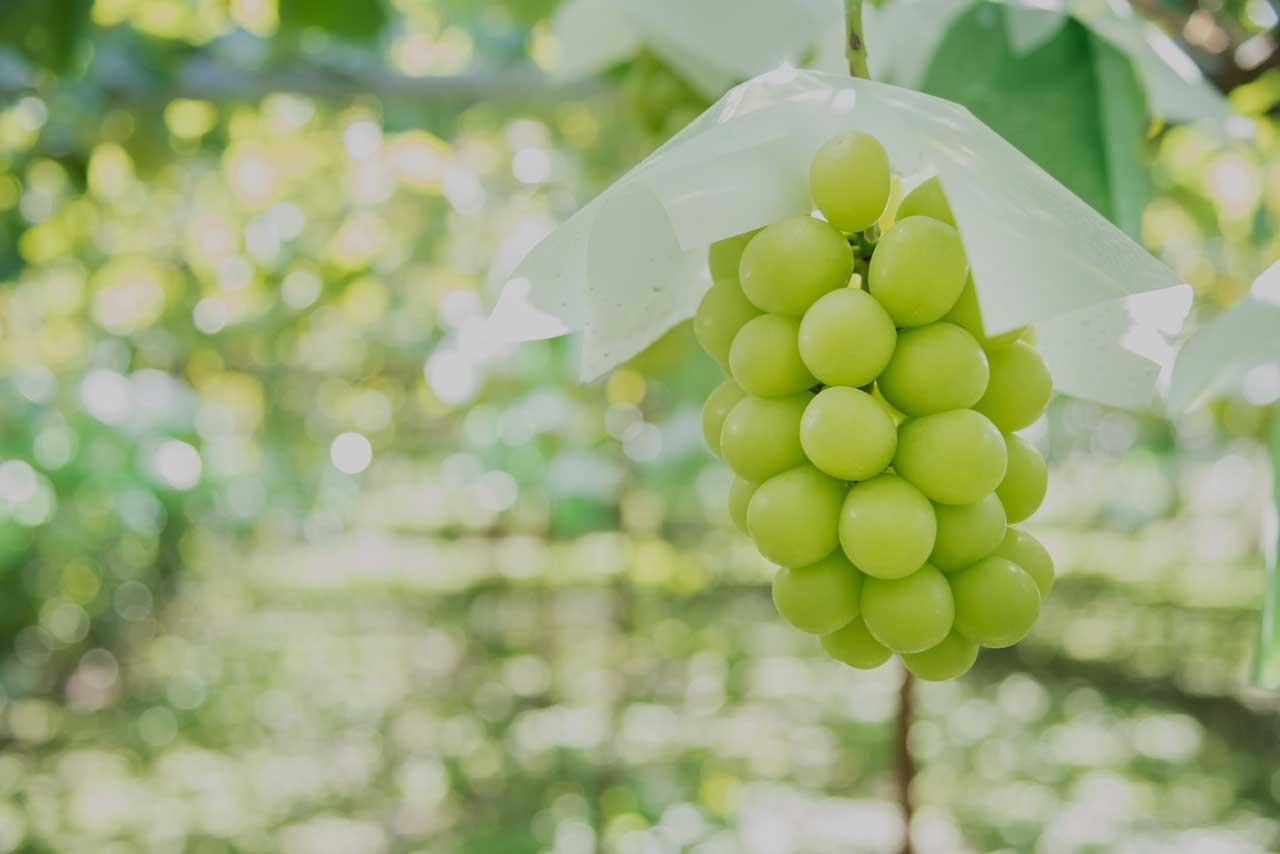
6 Year-long Grape Production in the Northern and Southern Hemispheres to Transform Japanese Agriculture and Create New Lifestyles
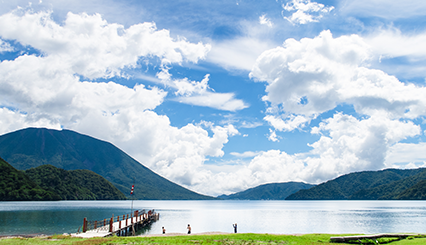
5 Local Tochigi Culture and Ingredients at The Ritz-Carlton, Nikko
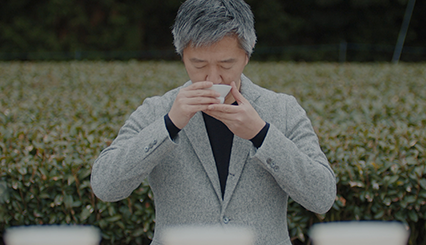
3 Innovation Meets History at Wataya Besso
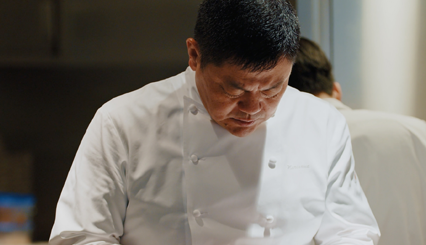
1 Developing the Potential of Japan’s Satoyama Culture
COLUMN
This is a column that allows you to rediscover the charm of Japan from various angles.

19 Understanding Value Shifts in the New Generation Through Social Listening
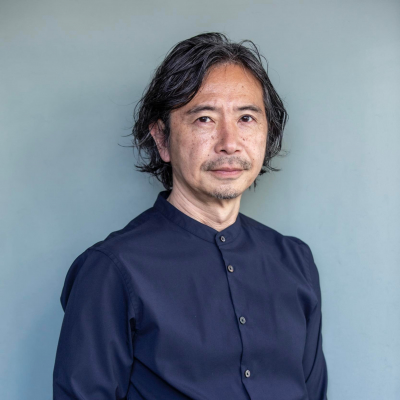
15 A “Delicious” Economy to Change the Future of Society—Living in a Country with the Best Food in the World

14 Food and Food Culture are Key to Environmental Solutions

13 Pointers for Circular Economies from Satoyama Culture

11 The Direction of Japan as a Tourism Hotspot—Terroir and SBNR through VISON

10 The Course of Action for Plant-based Gastronomy—Our World in 2050

8 The Changing Roles of Chefs in Green Jobs and the Role of Career Education in Japan

3 Japan’s Coexistence with Nature and Expectations for the Future of Food Culture in Society

1 The Future of the UNWTO’s Gastronomy Tourism Initiatives
キーワードから探す
- すべて
- Ryotei & Restaurants
- Lodging/Hotels
- Producers
- Technology
- DX (Digital) & SNS
- City Planning
- Utilization
- Gastronomy and Culinary
- Japanese Nature
- Japanese history and traditional culture
- Japanese Food Culture
- Agriculture
- Fisheries
- SDGs
- Local production for local consumption
- Foreigner Activation
- Experience
- Overseas Expansion
- Fermentation
- Public-private partnerships and collaborations
- Sake
- Community Revitalization
- Spirituality
- Japan of the Sea
- Mountain Japan

